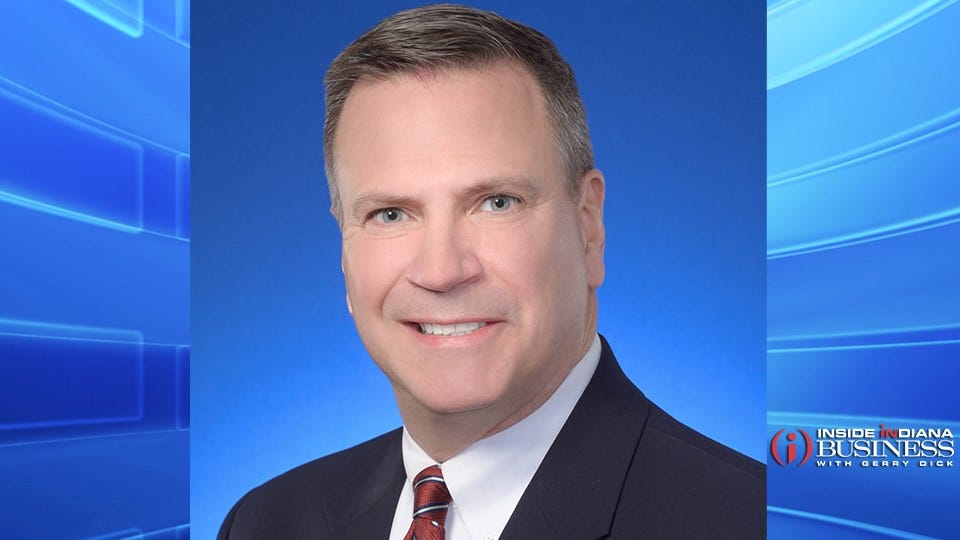Essential Sector is Building on Unsustainable Model

Subscriber Benefit
As a subscriber you can listen to articles at work, in the car, or while you work out. Subscribe NowAt first glance, the state of philanthropy in the United States looks good. Total charitable giving has trended upward, and in 2019 it hit its second-highest level ever: Americans gave nearly $450 billion to nonprofits. But when I look past that one big number, I see troubling trends … trends that, if not addressed, could weaken the nonprofits we depend on to feed the poor, research cures, advocate for justice, support the arts, and much more.
Because I’m a fundraising professional, some people might think I’m complaining about these trends because they’re making my job harder. That isn’t the case. In a few weeks, I’ll retire after working for four decades for nonprofit organizations, with the last 25 of those years being in fundraising. My concern is not for my future; it’s for the future of the people who rely on nonprofits every day.
Don’t take that last sentence lightly. Nonprofits do remarkable things. They address real needs. I’ve witnessed this throughout my career, but never more vividly than at Damar Services, where each day children and adults with intellectual and developmental disabilities enjoy opportunities they would not find without Damar.
That’s why I am troubled when I see the nonprofit sector pursuing an unsustainable business model: relying on fewer and fewer people to give bigger and bigger gifts. Yes, overall giving is up, but it’s from a smaller and smaller group of donors, with millions fewer households making any charitable gifts at all.
A lot of factors are driving these shifts, but one that troubles me most is an increasing emphasis on transactions and decreasing attention to lasting connections. Fundraising should be measured and monitored like any business, but the profession seems to be obsessing on metrics at the expense of relationships.
Giving is all about relationships. People give to organizations they believe in, where they are confident the organization knows what it’s doing. They need to trust the leadership and the integrity of the mission. That kind of understanding comes from relationships, not fundraising appeals. You’re saying to a donor, “Come on a journey with us,” not “Give us money.”
Relationships deliver other rewards. For example, it’s much more expensive to acquire a donor than to keep a donor, and the yield from existing relationships is typically higher than from new ones. A good friend and colleague, Penelope Burk, has research showing that a nonprofit that increases its donor-retention rate by 5% could increase its revenue by as much as 50%. Nonetheless, donor retention rates remain low, as many fundraising campaigns are judged more on the number of asks they make than on the long-term prospects of the relationships they create.
Don’t get me wrong. I see a lot of encouraging signs in fundraising. The opportunities presented by new technology is exciting, and emerging generations are engaging in interesting ways. Peer-to-peer campaigns are opening new doors and, remarkably, direct mail seems to be finding a new audience with younger donors.
But new technology, fresh campaigns and rejuvenated approaches won’t sustain the nonprofit sector. And it can’t rely forever on big gifts from billionaires. The sector needs to return to the model that built it into a vital part of our communities and economy. It needs to build relationships.
As I wind down my career over the next couple of months, I’ll make a lot of phone calls and – soon, I hope – make a few face-to-face visits, connecting with friends to share Damar’s vision for the future. My team and I will endeavor to put more resources to work on behalf of children and adults with intellectual and behavioral disabilities. And, yes, we’ll measure part of our success by the number of dollars we raise.
But I’ll hang up that phone or look in the rear-view mirror after that last donor connection knowing that I didn’t just raise money for Damar – or for Goodwill Industries of Central and Southern Indiana or Delta Tau Delta, the other nonprofits I was privileged to serve. I created relationships that will help to support those organizations long after I’m gone. That’s a sustainable model that I hope finds new life in the nonprofit sector. Because, if it doesn’t, I worry about how well the sector will continue to do what we need it to do.
Ken File is President of the Damar Foundation.
